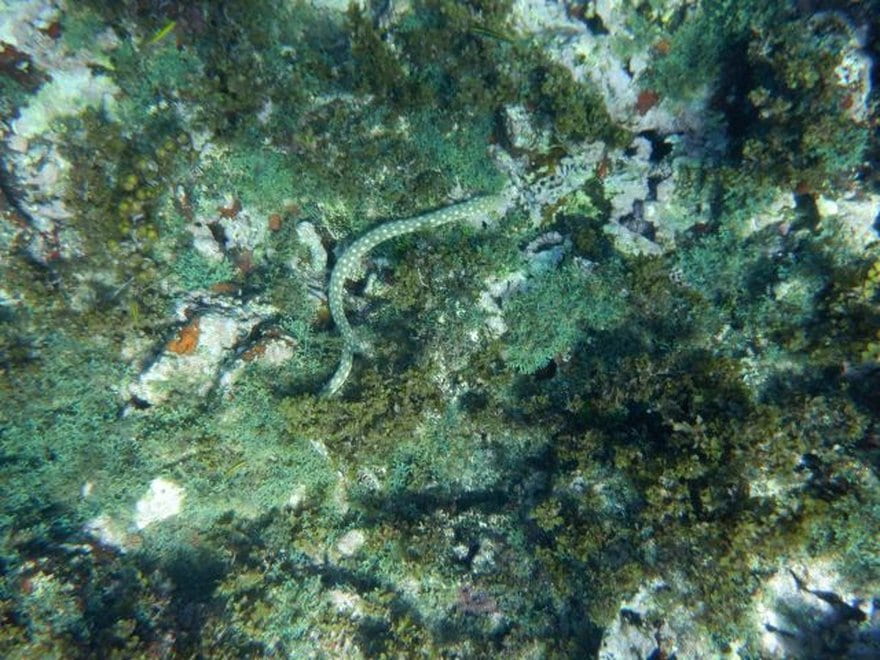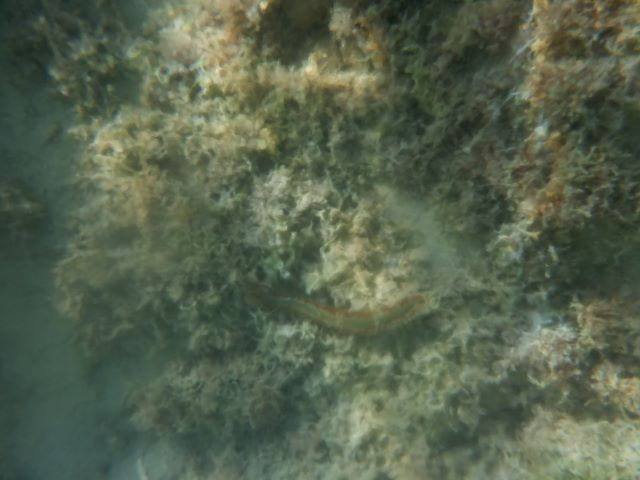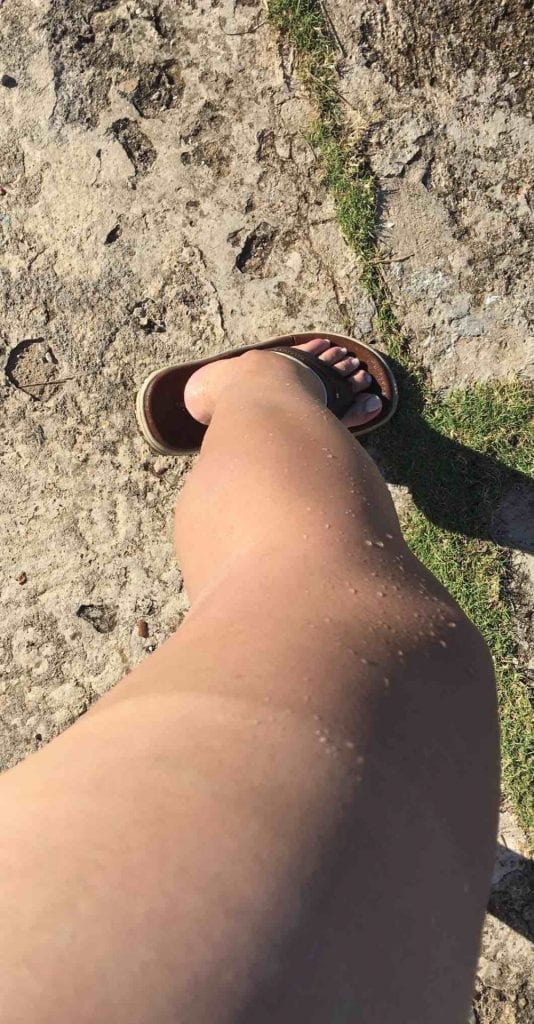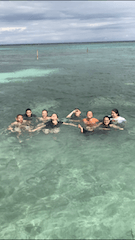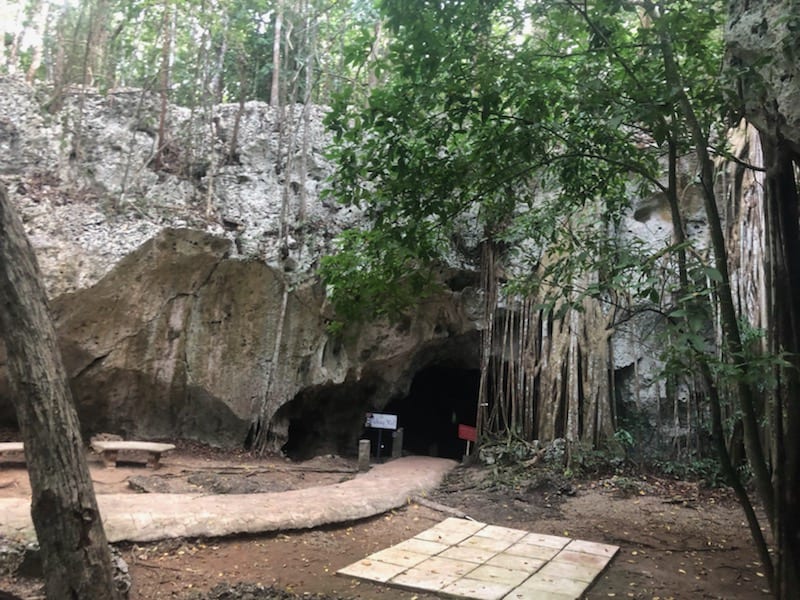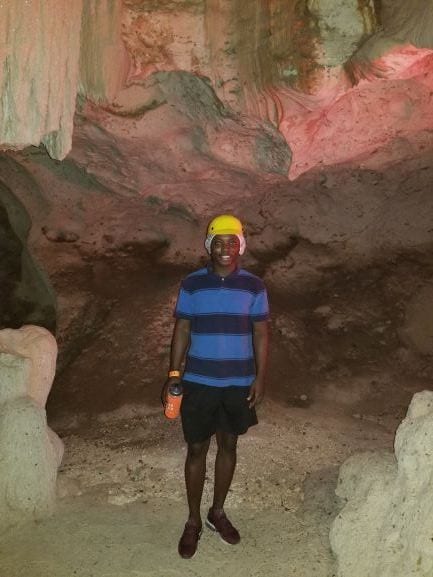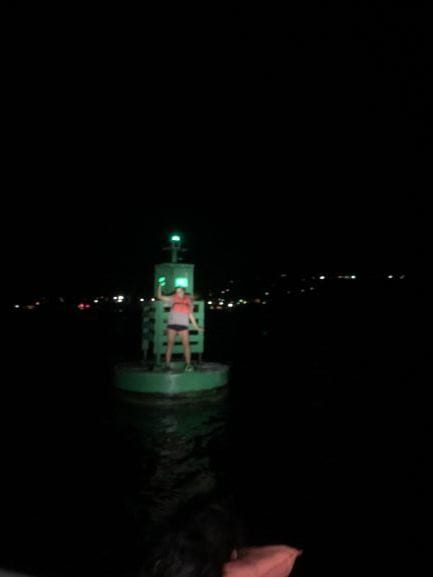Growing up, the true genius of the short story “Examination Day” by Henry Slesar, was almost completely lost on me. It details a young boy, in a not so distant future, preparing for a government mandated intelligence test. The twist comes in the final paragraph where it is revealed that the people are being ruled over by a totalitarian government and the young boy was deemed “too intelligent” to be able to continue to live. As I got older, this became a story I continuously came back to, admiring the subtle world building skills and drawing parallels to our own everyday lives.
The time had come to have an examination day of our own. Several similar variables immediately stood out as my classmates and I walked through the ever-present haze of stress. Like in “Examination Day,” there was a deep fear of a larger force acting upon us negatively if we scored a certain way, as well as the small flicker of determined optimism brought on by continuous studying, and finally, the inevitability of the whole situation hung over us like the shadow of a noose.
That shadow dragged on and took on equally terrifying new forms as the designated time for our exam passed. Then fifteen minutes, a half hour, an hour. Worst-case scenarios popped in and out of our minds like bubbles, and among those floated in the occasional best case scenario, “if our professors aren’t here there’s no way we can have this test”.
Both professors and our graduate level teaching assistant were somewhere out in the great wide ocean, furthering the knowledge of the scientific community. We, on the other hand, had been left to our devices. Those devices appealed to logos at first, with myself and my classmates using our extra time to cement the necessary scientific names into our brains. However, as the hour stretched into two that appeal faltered. Soon we wandered aimlessly, still with that burning fear in the back of our minds but somehow, that hypothetical failure was no longer enough. Just as soon as we had gotten comfortable the familiar sound of a boat rudder overpowered the light breeze. They were coming back.
My classmates and I gathered together down by the docks and did our best to appear intimidating as our professors shuffled out onto the hard sand-colored rock. Our best reasoning for why we should either postpone or outright cancel our exam was quickly shot down, and fifteen minutes later we all sat in our classroom, pencils in hand, anxiety rising in our chests.
The tale of our first examination day in Jamaica ended on a more positive note than in the story of the same name. I did not lose any of my fellow classmates because they scored too far on either end of the spectrum. Instead, after the ordeal was over and we were given our results, we gleefully passed them around over dinner. The average had been much higher than expected. And our white papers wasted no time putting smiles on their owners faces.
We do not yet live in a world where intellectual ability in annihilated on the basis of sheer fear. Even though our own fear had spread like the plague throughout the halls of the laboratory earlier in the day, when the cool of night settled in, we praised each other for our abilities. For our shortcomings. For the recognition of everyone’s strengths and weaknesses and the sheer awe of how much we had committed to memory in the span of less than a day.

One of the many species my classmates and I had memorize the names for. This particular one is a Casseopiea frondosa, an upside-down jellyfish.
-Gillian


